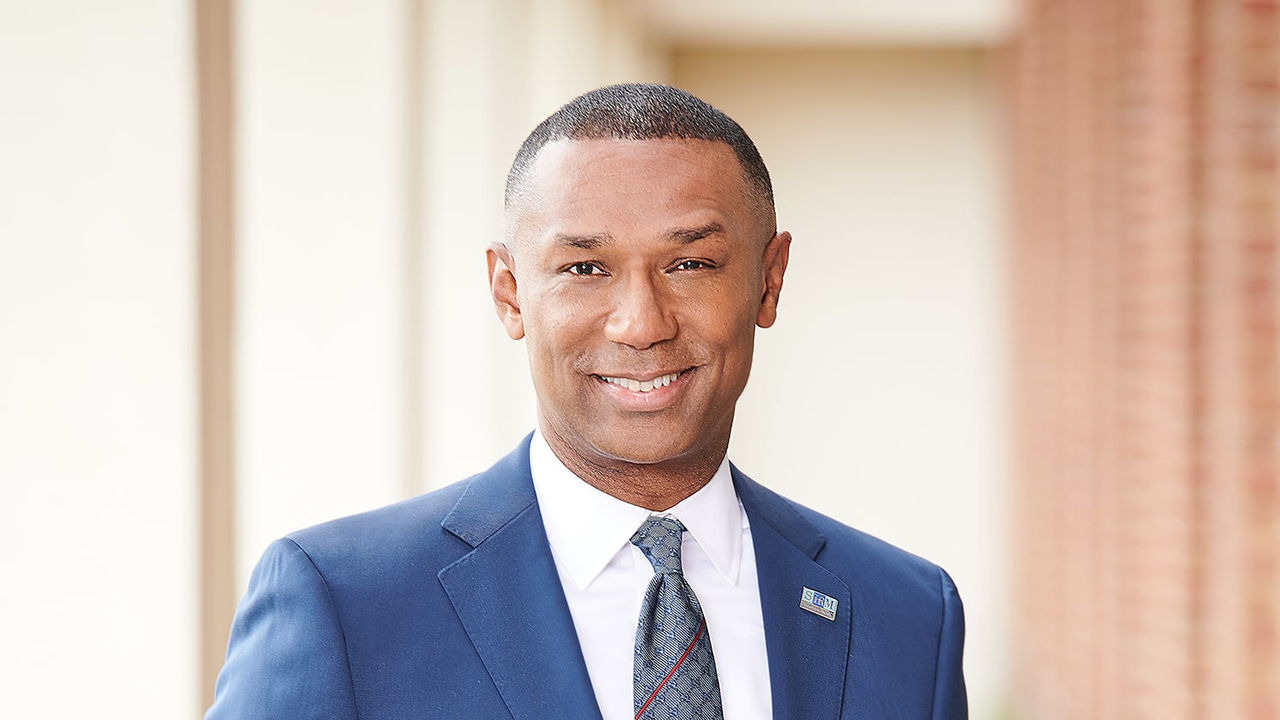From the CEO: Planning for the New Workplace
In the COVID-19 era, CEOs are turning to HR for expert advice on how to navigate the delicate balance between ensuring employee safety and well-being and moving ahead with business.

In the COVID-19 era, CEOs are turning to HR for expert advice on how to navigate the delicate balance between ensuring employee safety and well-being and moving ahead with business.
